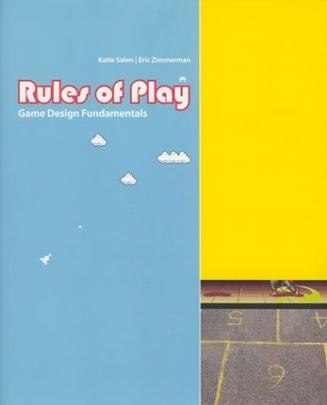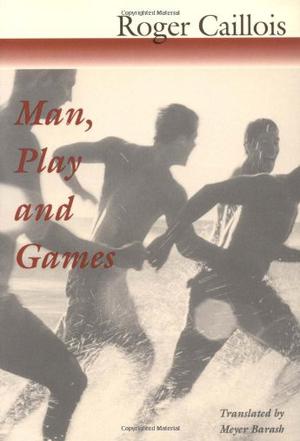-

Rules of Play
As pop culture, games are as important as film or television--but game design has yet to develop a theoretical framework or critical vocabulary. In Rules of Play Katie Salen and Eric Zimmerman present a much-needed primer for this emerging field. They offer a unified model for looking at all kinds of games, from board games and sports to computer and video games. As active participants in game culture, the authors have written Rules of Play as a catalyst for innovation, filled with new concepts, strategies, and methodologies for creating and understanding games..Building an aesthetics of interactive systems, Salen and Zimmerman define core concepts like "play," "design," and "interactivity." They look at games through a series of eighteen "game design schemas," or conceptual frameworks, including games as systems of emergence and information, as contexts for social play, as a storytelling medium, and as sites of cultural resistance.Written for game scholars, game developers, and interactive designers, Rules of Play is a textbook, reference book, and theoretical guide. It is the first comprehensive attempt to establish a solid theoretical framework for the emerging discipline of game design. -

Man, Play and Games
According to Roger Caillois, play is "an occasion of pure waste: waste of time, energy, ingenuity, skill, and often of money." In spite of this - or because of it - play constitutes an essential element of human social and spiritual development. In this classic study, Caillois defines play as a free and voluntary activity that occurs in a pure space, isolated and protected from the rest of life. Play is uncertain, since the outcome may not be foreseen, and it is governed by rules that provide a level playing field for all participants. In its most basic form, play consists of finding a response to the opponent's action - or to the play situation - that is free within the limits set by the rules. Caillois qualifies types of games - according to whether competition, chance, simulation, or vertigo (being physically out of control) is dominant - and ways of playing, ranging from the unrestricted improvisation characteristic of children's play to the disciplined pursuit of solutions to gratuitously difficult puzzles. Caillois also examines the means by which games become part of daily life and ultimately contribute to various cultures their most characteristic customs and institutions. Presented here in Meyer Barash's superb English translation, "Man, Play and Games" is a companion volume to Caillois' "Man and the Sacred".